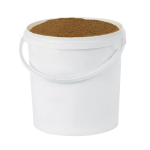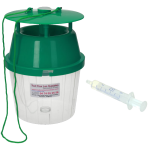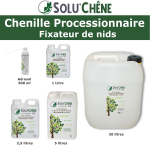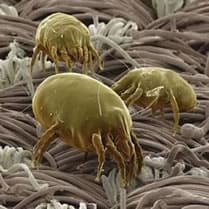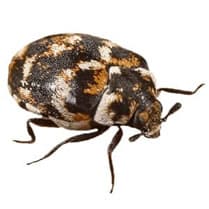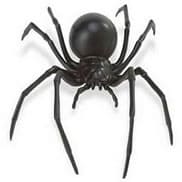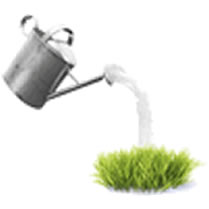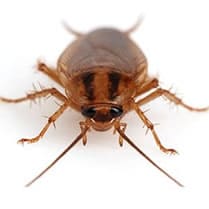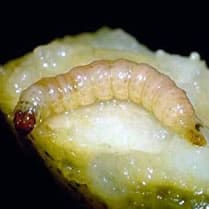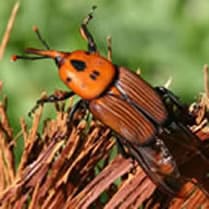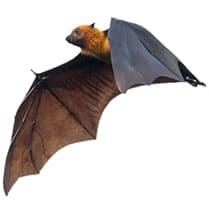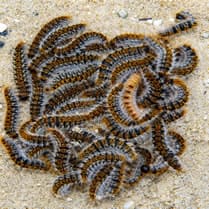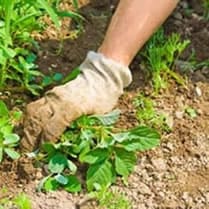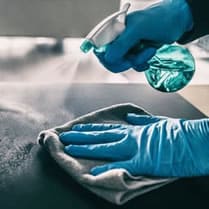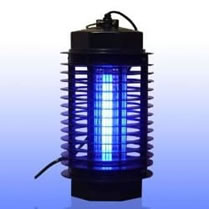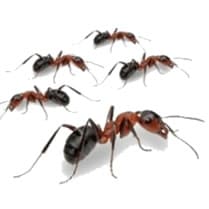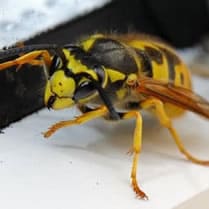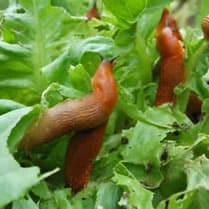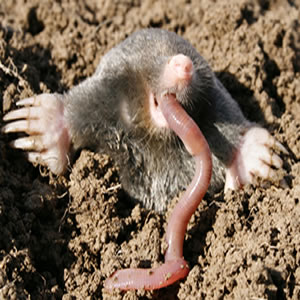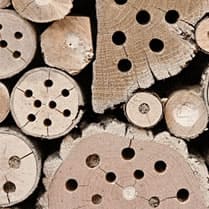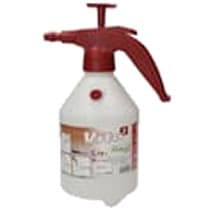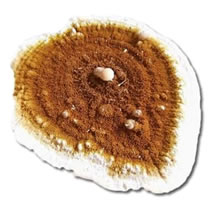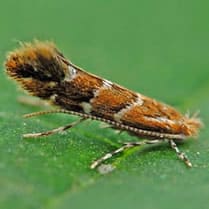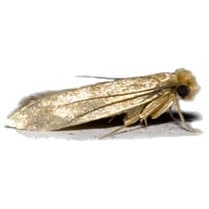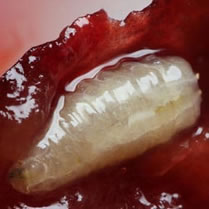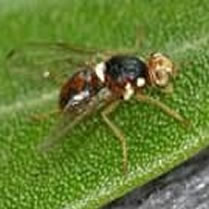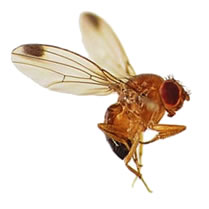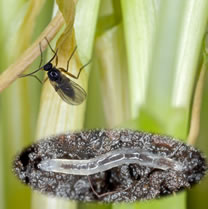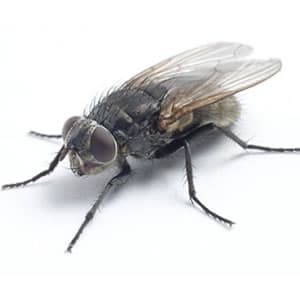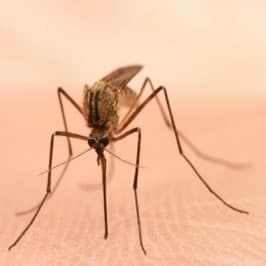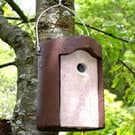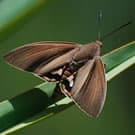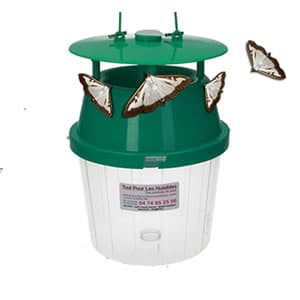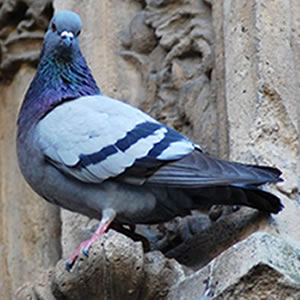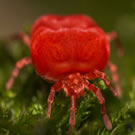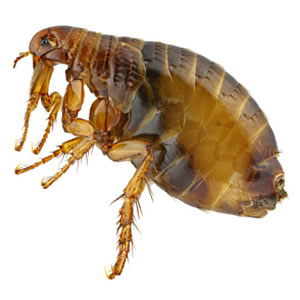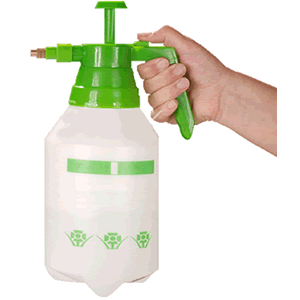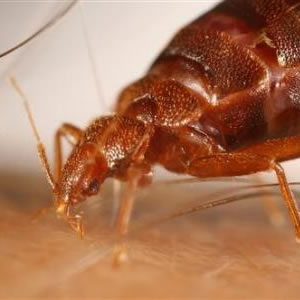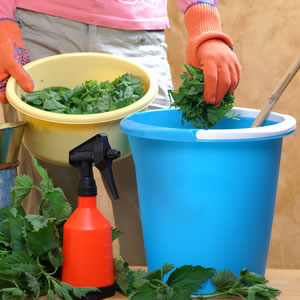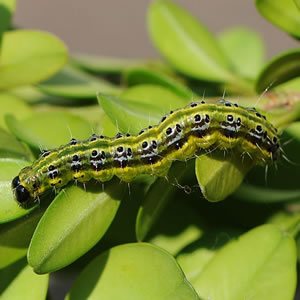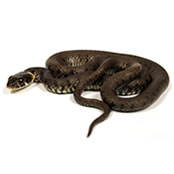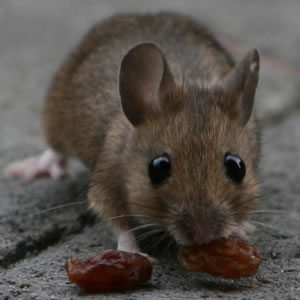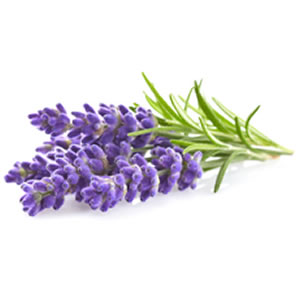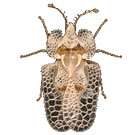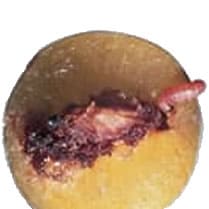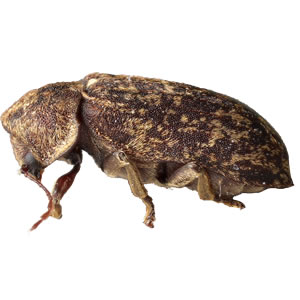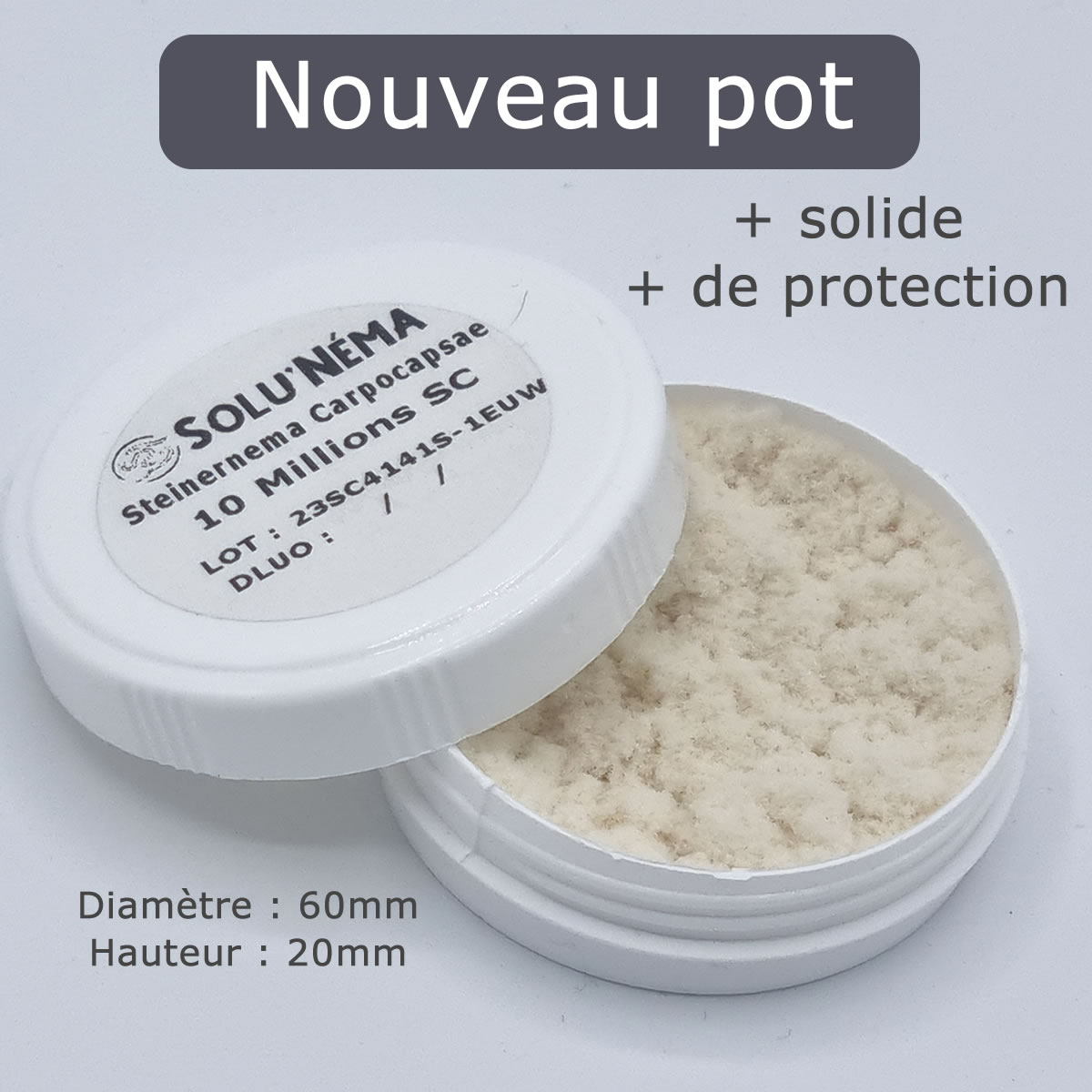- Free delivery
- Oak caterpillar
- Contact us
- Professionnal work place
- Other pests
-
![ACA - Acarien.info, products against mites]() Acariens Acarien.info, products against mites
Acariens Acarien.info, products against mites -
![ANT - Acarien.info, products against mites]() Anthrène des tapis Acarien.info, products against mites
Anthrène des tapis Acarien.info, products against mites -
![ARA - Acarien.info, products against mites]() Araignee Acarien.info, products against mites
Araignee Acarien.info, products against mites -
![ARE - Acarien.info, products against mites]() Arrosage écologique Acarien.info, products against mites
Arrosage écologique Acarien.info, products against mites -
![CAF - Acarien.info, products against mites]() Cafards et Blattes Acarien.info, products against mites
Cafards et Blattes Acarien.info, products against mites -
![CAR - Acarien.info, products against mites]() Carpocapse (vers des fruits) Acarien.info, products against mites
Carpocapse (vers des fruits) Acarien.info, products against mites -
![CRO - Acarien.info, products against mites]() Charancon rouge du palmier Acarien.info, products against mites
Charancon rouge du palmier Acarien.info, products against mites -
![CHI - Acarien.info, products against mites]() Chats-Chiens Acarien.info, products against mites
Chats-Chiens Acarien.info, products against mites -
![LCV - Acarien.info, products against mites]() Chauve souris Acarien.info, products against mites
Chauve souris Acarien.info, products against mites -
![CHE - Acarien.info, products against mites]() Chenille Processionnaire Acarien.info, products against mites
Chenille Processionnaire Acarien.info, products against mites -
![DES - Acarien.info, products against mites]() Desherbage Acarien.info, products against mites
Desherbage Acarien.info, products against mites -
![DVB - Acarien.info, products against mites]() Désinfection-Virus-Bacterie Acarien.info, products against mites
Désinfection-Virus-Bacterie Acarien.info, products against mites -
![DIU - Acarien.info, products against mites]() Destructeur Insectes UV Acarien.info, products against mites
Destructeur Insectes UV Acarien.info, products against mites -
![EPI - Acarien.info, products against mites]() Equipement Protection Individuelle Acarien.info, products against mites
Equipement Protection Individuelle Acarien.info, products against mites -
![FNE - Acarien.info, products against mites]() Fouines Acarien.info, products against mites
Fouines Acarien.info, products against mites -
![FOU - Acarien.info, products against mites]() Fourmis Acarien.info, products against mites
Fourmis Acarien.info, products against mites -
![GUE - Acarien.info, products against mites]() Guêpes - Frelons Asiatique Acarien.info, products against mites
Guêpes - Frelons Asiatique Acarien.info, products against mites -
![ENG - Acarien.info, products against mites]() Les Engrais Acarien.info, products against mites
Les Engrais Acarien.info, products against mites -
![LIM - Acarien.info, products against mites]() Limaces Acarien.info, products against mites
Limaces Acarien.info, products against mites -
![TAU - Acarien.info, products against mites]() Lyon Taupe Acarien.info, products against mites
Lyon Taupe Acarien.info, products against mites -
![INS - Acarien.info, products against mites]() Maisons Insectes Acarien.info, products against mites
Maisons Insectes Acarien.info, products against mites -
![MAT - Acarien.info, products against mites]() Materiel de traitement Acarien.info, products against mites
Materiel de traitement Acarien.info, products against mites -
![MEP - Acarien.info, products against mites]() Mérule Acarien.info, products against mites
Mérule Acarien.info, products against mites -
![MIN - Acarien.info, products against mites]() Mineuse du Marronnier Acarien.info, products against mites
Mineuse du Marronnier Acarien.info, products against mites -
![MIT - Acarien.info, products against mites]() Mites des Vêtements - Alimentaire Acarien.info, products against mites
Mites des Vêtements - Alimentaire Acarien.info, products against mites -
![MOC - Acarien.info, products against mites]() Mouche cerise Acarien.info, products against mites
Mouche cerise Acarien.info, products against mites -
![OLI - Acarien.info, products against mites]() Mouche de l olive Acarien.info, products against mites
Mouche de l olive Acarien.info, products against mites -
![SUZ - Acarien.info, products against mites]() Mouche suzukii Acarien.info, products against mites
Mouche suzukii Acarien.info, products against mites -
![MDT - Acarien.info, products against mites]() Mouche-du-terreau Acarien.info, products against mites
Mouche-du-terreau Acarien.info, products against mites -
![MOU - Acarien.info, products against mites]() Mouches Acarien.info, products against mites
Mouches Acarien.info, products against mites -
![MTQ - Acarien.info, products against mites]() Moustique Acarien.info, products against mites
Moustique Acarien.info, products against mites -
![NEM - Acarien.info, products against mites]() Nématodes Acarien.info, products against mites
Nématodes Acarien.info, products against mites -
![NIC - Acarien.info, products against mites]() Nichoirs et Abris Acarien.info, products against mites
Nichoirs et Abris Acarien.info, products against mites -
![PAL - Acarien.info, products against mites]() palmiers Acarien.info, products against mites
palmiers Acarien.info, products against mites -
![PAY - Acarien.info, products against mites]() Papillon du palmier Acarien.info, products against mites
Papillon du palmier Acarien.info, products against mites -
![PHE - Acarien.info, products against mites]() Phéromone bio Acarien.info, products against mites
Phéromone bio Acarien.info, products against mites -
![PGE - Acarien.info, products against mites]() Pigeon Acarien.info, products against mites
Pigeon Acarien.info, products against mites -
![POU - Acarien.info, products against mites]() Poux rouges du Poulailler Acarien.info, products against mites
Poux rouges du Poulailler Acarien.info, products against mites -
![PDC - Acarien.info, products against mites]() Protection du cheval Acarien.info, products against mites
Protection du cheval Acarien.info, products against mites -
![PCR - Acarien.info, products against mites]() Pucerons Acarien.info, products against mites
Pucerons Acarien.info, products against mites -
![PUC - Acarien.info, products against mites]() Puces Acarien.info, products against mites
Puces Acarien.info, products against mites -
![PUL - Acarien.info, products against mites]() Pulvérisateur Acarien.info, products against mites
Pulvérisateur Acarien.info, products against mites -
![PUN - Acarien.info, products against mites]() Punaise de Lit Acarien.info, products against mites
Punaise de Lit Acarien.info, products against mites -
![PUR - Acarien.info, products against mites]() Purin Acarien.info, products against mites
Purin Acarien.info, products against mites -
![PYR - Acarien.info, products against mites]() Pyrale du buis Acarien.info, products against mites
Pyrale du buis Acarien.info, products against mites -
![SER - Acarien.info, products against mites]() Serpents Acarien.info, products against mites
Serpents Acarien.info, products against mites -
![SDA - Acarien.info, products against mites]() Soin des arbres Acarien.info, products against mites
Soin des arbres Acarien.info, products against mites -
![SDV - Acarien.info, products against mites]() Soin des végétaux Acarien.info, products against mites
Soin des végétaux Acarien.info, products against mites -
![SOU - Acarien.info, products against mites]() Souris - Rat - Campagnol - Rongeur Acarien.info, products against mites
Souris - Rat - Campagnol - Rongeur Acarien.info, products against mites -
![STO - Acarien.info, products against mites]() Stop Odeur Acarien.info, products against mites
Stop Odeur Acarien.info, products against mites -
![TIG - Acarien.info, products against mites]() Tigre du Platane Acarien.info, products against mites
Tigre du Platane Acarien.info, products against mites -
![CPT - Acarien.info, products against mites]() Tout Pour Le Compost Acarien.info, products against mites
Tout Pour Le Compost Acarien.info, products against mites -
![TPG - Acarien.info, products against mites]() Tout Pour Mon Gazon Acarien.info, products against mites
Tout Pour Mon Gazon Acarien.info, products against mites -
![PRU - Acarien.info, products against mites]() Ver de la prune Acarien.info, products against mites
Ver de la prune Acarien.info, products against mites -
![VRI - Acarien.info, products against mites]() Vrillette Acarien.info, products against mites
Vrillette Acarien.info, products against mites
-
Zeuzère treatment of fruit trees (pear, apple, plum, etc.) - 10 Million SC Nematodes
Disponibilité : En stock
Biological treatment against fruit tree moths (pear, apple, plum, etc.) -
Nematodes Steinernema Carpocapsae (SC) 10 million
The pear moth (Zeuzera pyrina) is a pretty nocturnal butterfly, white and speckled with black. This color also earned it the name leopard butterfly. Its caterpillar is yellow with black spots and digs galleries in many trees or shrubs to feed. Among its favorite plants are pear trees, apple trees, cherry trees, citrus trees, olive trees, gooseberries, blackcurrant bushes, etc.
As it develops, the caterpillar reaches the structural branches and the trunk of the trees where it can cause major damage that can lead to the death of the plant. It should be noted that successive droughts weaken the trees, making them more sensitive to attacks by zeuzeras.
Steinernema carpocapsae nematodes are microscopic worms used as a biocontrol treatment against pear leaf spot. When applied, the nematodes actively seek out their prey. Once in contact with a larva, the nematodes penetrate through the insect's natural orifices and cause the larva to die. The action of nematodes against larvae is considered an effective and environmentally friendly biological control method, as it specifically targets the pest without harming other beneficial organisms or humans. 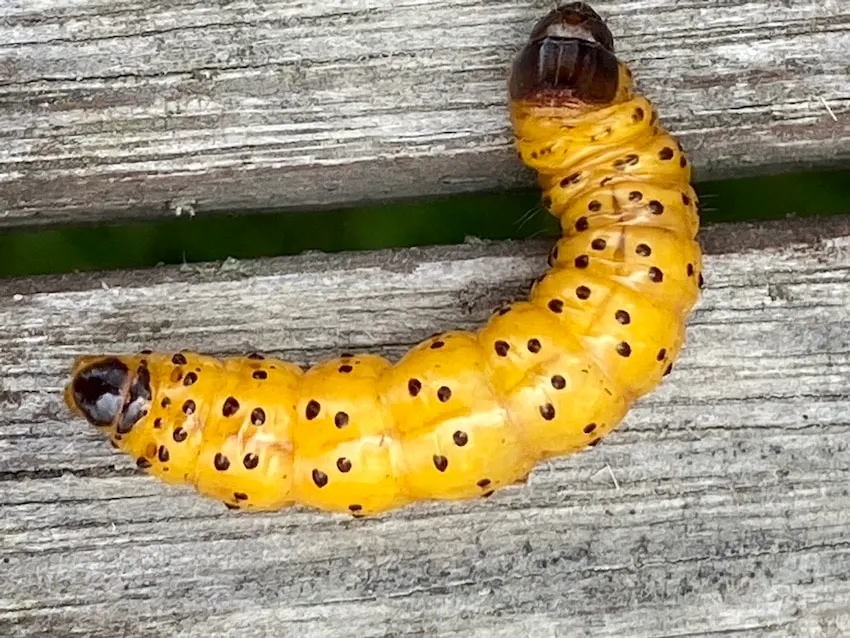
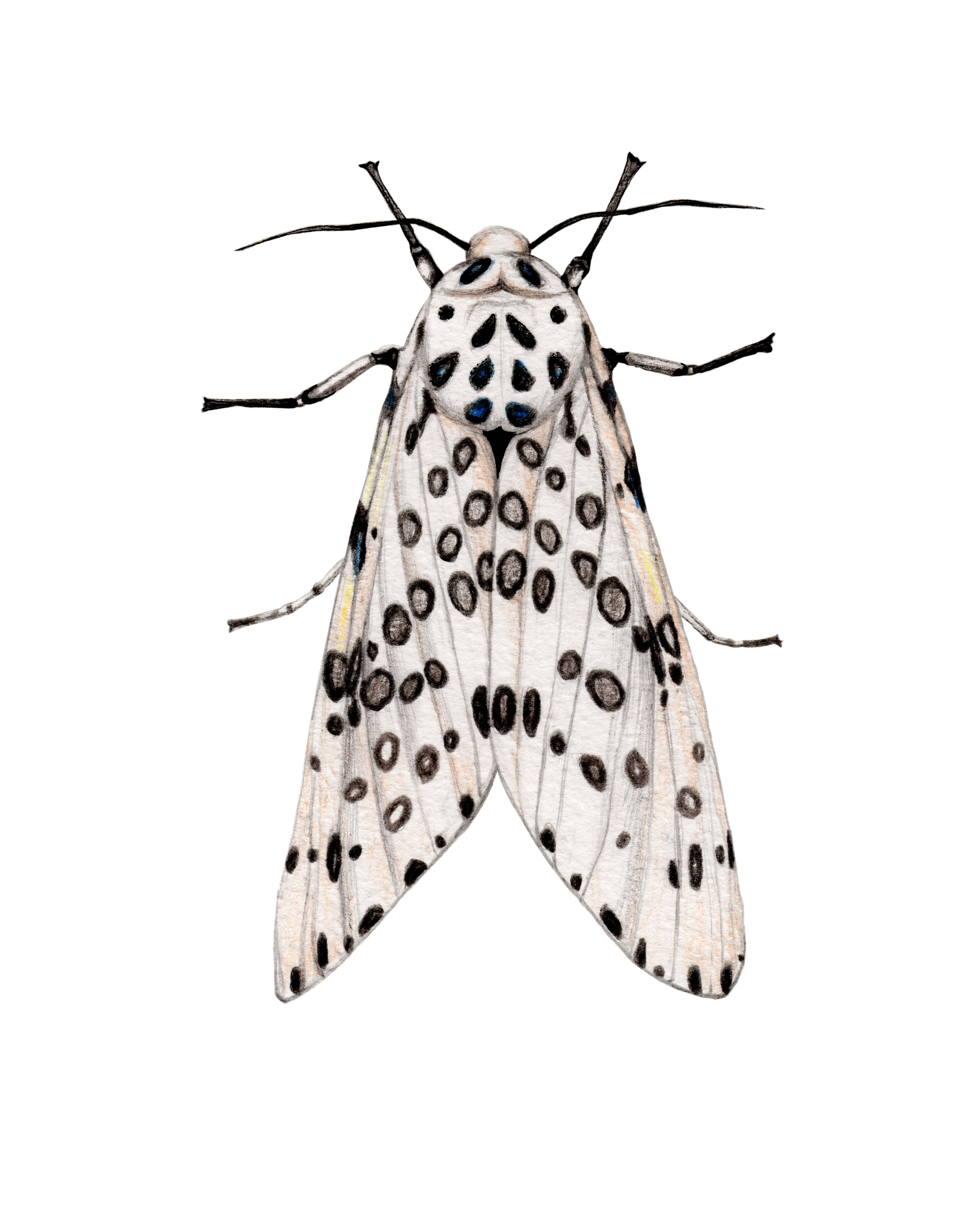
ATTENTION :
This is a LIVE PRODUCT with a VERY SHORT use-by date.
Avoid buying them in advance.
Use THE WHOLE JAR at the time of TREATMENT, as the nematodes are not evenly distributed throughout the sachet.
Packaging : Pot of 10 million nematodes for approximately 100 holes - Supplied with a 20ml syringe
PS: Pot containing a moist granular powder.
How are your nematodes delivered to you?
By non-refrigerated tracked letter, delivered directly to your mailbox by your postman/woman.
Nematodes can survive more than 8 days at room temperature without any problem. Storing them in the fridge is just to be able to keep them longer by slowing down their development.
Nematodes should be kept cool after receipt in order to slow down their metabolism ("hibernation") so that they can be stored until the BBD date.
At room temperature, nematodes do not die, but continue their development. Without food (agave weevil larvae), they will eventually die naturally from starvation after about ten days.
Instructions for use
1. Identify the Problem
The pear leaf beetle is identifiable by its long antennae and white wings with black spots. However, it is the symptoms caused by its larvae that usually alert arborists. The larvae tunnel into the trunks and branches, weakening and sometimes killing the host tree. Signs of infestation include the presence of sawdust at entry points and reduced tree growth. Weakened branches may break, especially during adverse weather conditions. Early detection is crucial to protect trees. Regular inspections can identify the warning signs of an attack and take action before the damage becomes irreversible.
Processing period: April – May and August – September
The treatment is done directly into the holes of the zeuzeras using a syringe or a sprayer.
2. Preparation of Nematode Solution
Before use, leave the nematodes at room temperature for 30 minutes. Dilute the entire sachet in a small container of clean water at room temperature, pre-diluting the nematodes before mixing them. Stir well and let the contents dilute for 5 minutes. Then pour this preparation into your sprayer and add the rest of the water (between 15°C and 25°C). Mix again.
3. Application of Nematodes
Use a sprayer or syringe (provided) to apply the nematode solution directly into the galleries dug by the zeuzera larvae. It is important to inject the nematodes as deep into the galleries as possible so that they reach the larvae.
Also water the area around the galleries before treatment to ensure that the nematodes move and enter the holes undetected.
Spray while continuing to agitate the mixture to prevent nematodes from ending up at the bottom of the sprayer.
4. Continue Humidification
Nematodes require a moist environment to move to their prey. Water your crop regularly to maintain their effectiveness.
5. Monitor Results
Nematodes work quickly to control larvae. You should see a decrease in the larvae population after a few days. If larvae persist, repeat the treatment.
It is important to follow the application instructions to achieve the best results.
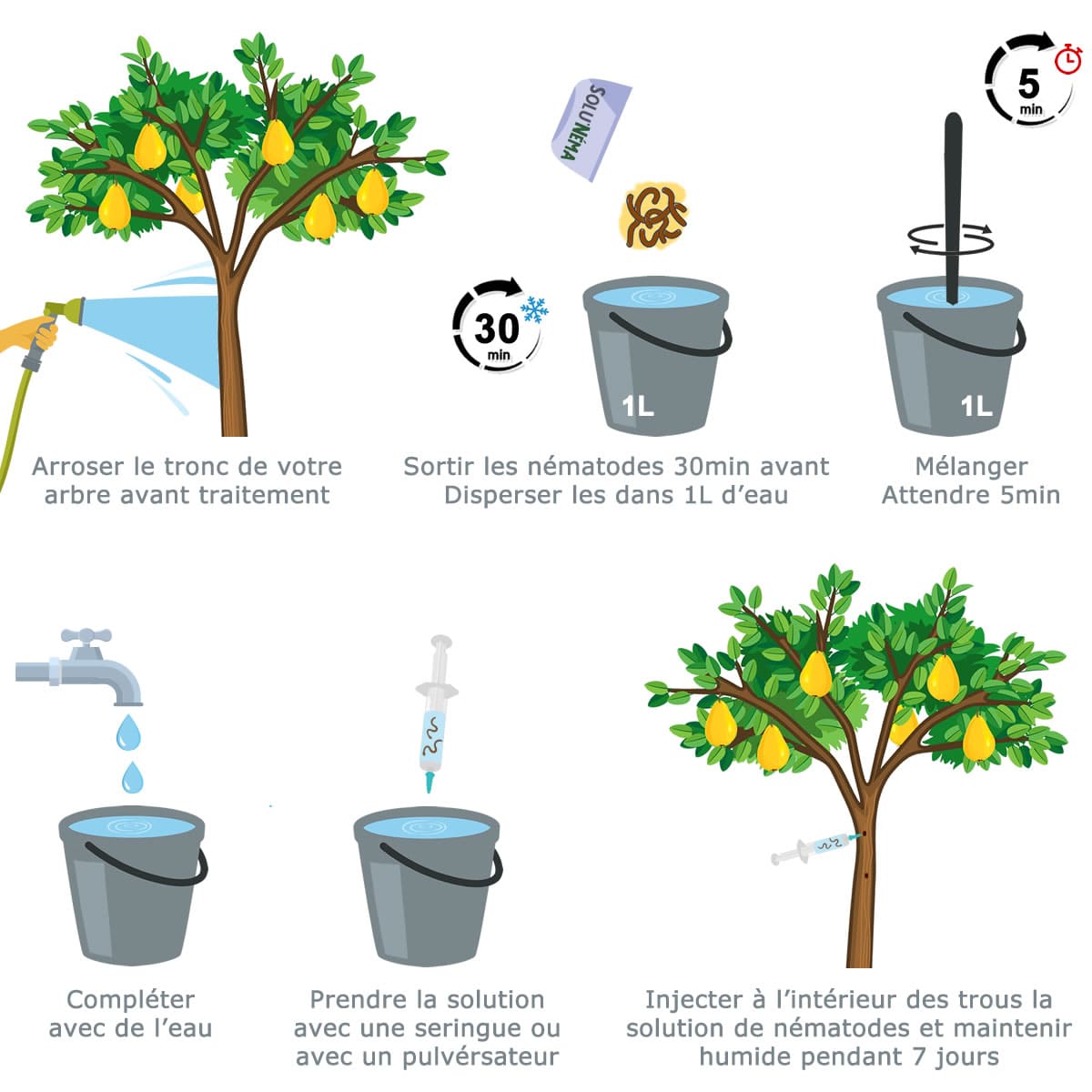
Dosage

Mode of action
Nematodes are naturally present in the soil in small quantities, they are microscopic worms invisible to the naked eye, respectful of useful insects, crops and vertebrates (human beings and domestic animals). Nematodes move in the soil in search of the larvae of pests to parasitize them. When they find them, they enter their body by natural means and multiply inside, thus causing their death in a few days.








Over-Ear Headphone
$120 $200
Lorem ipsum, dolor sit, amet consectetur adipisicing elit. Ipsum non facilis corporis modi consequatur. Iure perferendis dicta illum deleniti veritatis vero tempora maxime ducimus quaerat, iusto omnis magni doloribus. Repellat exercitationem odio amet sit.


